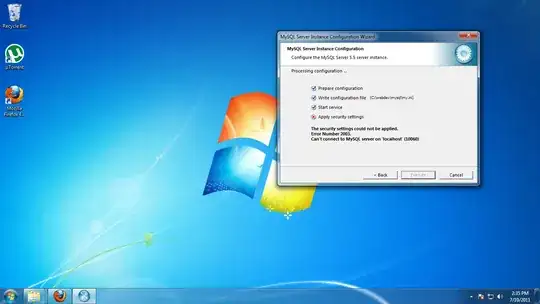I recently stood up a new Windows Server 2012 R2 instance with SQL Server 2016 Web Edition and am trying to setup automated backups to Azure, but not having any luck. I created the storage account on Azure first, then created the Shared Access Signature (SAS) and that's where I start to get lost. From here, I've tried:
Creating local credential using this script:
CREATE CREDENTIAL [BlobUrlWithContainerName] WITH IDENTITY = '[FriendlyName]', SECRET = '[SAS Token]'`No errors were reported with the above script, however issuing a BACKUP DATABASE command to a URL results in a not supported command (full error is:
Cannot open backup device 'https://[storagename].blob.core.windows.net/[containername]/AdventureWorks2016.bak'. Operating system error 50(The request is not supported.).I then tried going through SSMS on an individual database backup option, with right-clicking on a database, selecting
Tasks ==> Back Up.., changing Back Up To to a URL and clicking Add. When I do that, I get prompted with this:No registered containers exist (nor can I find any details on how to register one), so I click New Container which gives me a
Connect to a Microsoft Subscriptiondialog. I signed in with my Azure account, see two subscriptions (Free Trial, which is expired, and Pay As You Go, which is the correct one), select Pay As You Go, and then when I go to select my storage account, the dialog closes and I get a "Index was out of range" error, which implies it can't find any containers. Here are the relevant screenshots:
I'm at a loss for where to go from here. Any ideas?


